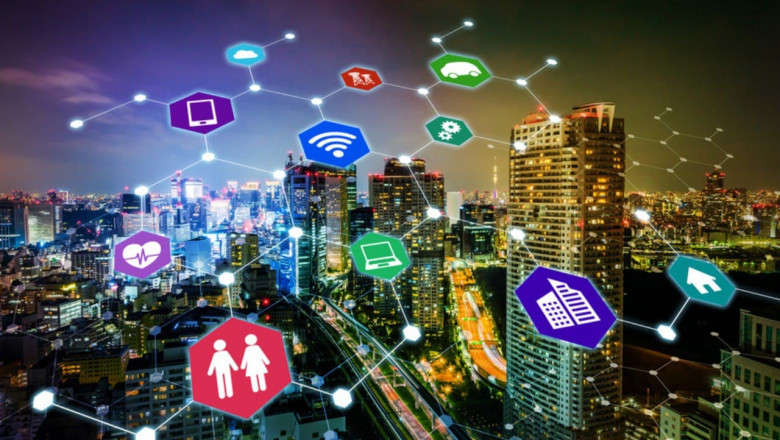views
Smart Cities Market Overview: Transforming Urban Life Through Technology
Cities are changing. Fast. Across the world, governments, businesses, and residents are reimagining what urban life can look like in the 21st century and at the heart of this transformation is the rise of the smart city.
The term “smart city” may sound futuristic, but it describes a very real shift already underway. Smart cities use data, digital technology, and intelligent infrastructure to improve the quality of life for citizens, optimize urban operations, and create more sustainable, responsive environments. This isn’t a niche trend it’s a full-fledged global movement.
In this overview, we’ll explore the scope of the smart cities market, key components, driving forces, and where it’s all heading.
What Defines a Smart City?
A smart city integrates information and communication technology (ICT) into public services and infrastructure. These systems are designed to interact with each other in real time, using data from sensors, devices, and citizens to make smarter decisions.
That could mean adaptive traffic lights that ease congestion, energy grids that respond to real-time demand, or waste bins that alert sanitation crews when they’re full. The idea is to streamline city functions, reduce resource consumption, and improve quality of life.
Market Size and Potential
The global smart cities market was valued at over $1 trillion in 2023 and is expected to grow significantly—some estimates project it could surpass $3 trillion by 2030. This growth is being driven by urbanization, government investments, sustainability mandates, and rapid advancements in technology.
Smart cities are no longer confined to wealthy global capitals. Emerging economies are also investing in smart infrastructure to leapfrog outdated systems and address rising urban pressures. Whether it’s New York, Singapore, Lagos, or Bengaluru, smart city initiatives are now a worldwide phenomenon.
Key Components of the Smart Cities Ecosystem
The smart cities market covers a wide range of interconnected systems and solutions, including:
-
Smart Mobility: Intelligent transportation systems, public transit optimization, electric vehicle charging infrastructure, and traffic management solutions.
-
Smart Governance: E-governance platforms, digital citizen services, and real-time decision-making tools for public administrators.
-
Smart Energy: Smart grids, renewable energy integration, energy-efficient buildings, and demand-response systems.
-
Smart Infrastructure: Sensors embedded in roads, bridges, and public spaces for monitoring usage, maintenance needs, and safety.
-
Smart Water and Waste Management: Systems that track water usage, detect leaks, and optimize waste collection routes.
-
Public Safety and Healthcare: Surveillance systems, emergency response coordination, and digital healthcare services like telemedicine.
What’s Driving the Market?
Several factors are accelerating the smart cities market:
-
Urbanization: By 2050, nearly 70% of the world’s population will live in cities. That’s putting enormous strain on housing, transportation, and utilities smart systems offer scalable solutions.
-
Sustainability Goals: Governments and businesses are under increasing pressure to reduce emissions and adopt greener practices. Smart cities help manage resources more efficiently and reduce environmental footprints.
-
Technology Advancements: The rise of IoT, 5G, AI, and cloud computing makes it easier (and cheaper) to deploy smart systems that communicate and adapt in real time.
-
Government Initiatives: Many nations have launched dedicated smart city programs, offering funding, partnerships, and policy frameworks to promote innovation.
Challenges and Considerations
The path to becoming a smart city is not without obstacles. Issues like cybersecurity, data privacy, and digital equity are top of mind. There are also concerns about high implementation costs and potential technological overdependence.
Another key challenge is coordination. Many cities struggle to integrate different systems—transportation, utilities, law enforcement—into one cohesive platform. Without interoperability, the “smart” in smart cities can fall short.
The Future of Smart Cities
Looking ahead, smart cities will become more integrated, more citizen-focused, and more data-driven. The emphasis will shift from isolated tech solutions to holistic ecosystems that respond dynamically to the needs of the people who live there.
Ultimately, the smart cities market isn’t just about shiny new gadgets it’s about creating urban spaces that are more efficient, equitable, and livable. As technology continues to evolve and cities continue to grow, the momentum behind smart city innovation will only accelerate.






















Comments
0 comment